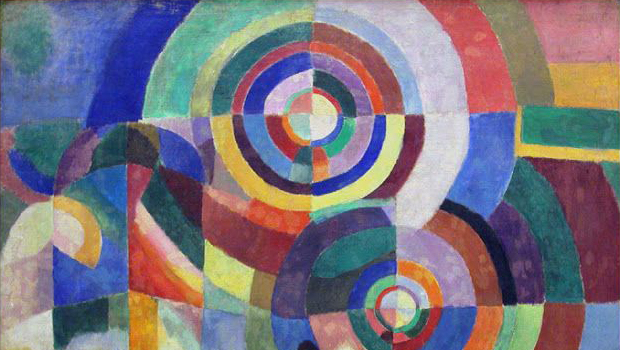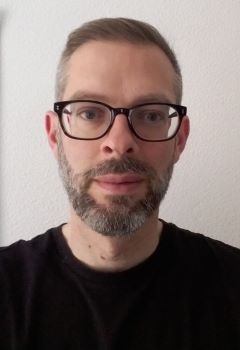An Introduction to Modern Art: Creative Couples

Book Tickets
Click a time to book tickets
-
Wed 21 Jan10:30
Share This Page
Info
Please be aware that there are no trailers before the performance.
- Wed 21 Jan
- 90 minutes
Synopsis
Image by Sonia Delaunay: Electric Prisms 1914
The Romantics pictured the artist as a singular genius, a creative visionary ploughing his own field. This is rarely, if ever, the case. Artists belong to schools or movements. Most closely engage with the work of their predecessors and peers. Some of the most significant moments in modern art arise from artists working in tandem, their achievements spurred on by productive collaboration or competitive rivalry. In many cases, the couples were also romantically involved.
This series of talks looks at various artistic couples exploring the connections between their works and their contribution to the art movements they belonged to.
Orphism: Robert and Sonia Delaunay
Robert and Sonia Delaunay were pioneers of Orphism, a form of geometric abstraction famed for its kaleidoscopic use of colour. This talk considers the Delaunays’ paintings and textiles, and the influence of music, poetry and dance on their work.
German Expressionism: Gabriele Münter and Wassily Kandinsky
In 1902, the pioneering painter and theorist Wassily Kandinsky invited artist Gabriele Münter to attend his summer school in the Alps. The encounter was transformative for them both, altering not only the course of their lives and work but the history of art.
Constructivism: Alexander Rodchenko and Varvara Stepanova
Constructivist couple Alexander Rodchenko and Varvara Stepanova combined revolutionary politics with revolutionary art. Working against the backdrop of the Russian Revolution, they envisioned a new art for a new society. Their work straddled the fine and applied arts, encompassing everything from painting, sculpture and photography to biscuit packaging, stage sets and textiles.
Photography: Man Ray and Lee Miller
American artist Man Ray was an American photographer associated with Dada and Surrealism. Renowned for his innovations in camera-less photography, he produced experimental Rayographs alongside conventional fashion photography. His protégé and lover, Lee Miller began her career as a model before becoming the war correspondent for Vogue.
The Bauhaus: Anni and Josef Albers
Josef Albers was an artist, theorist and educator who taught at two of the twentieth century’s most influential art schools: the Bauhaus in Germany and Black Mountain College, USA. His wife and fellow teacher Anni Albers was a pioneering textile designer, who combined old weaving methods with radical Bauhaus design.
Neo-Dada: Jasper Johns and Robert Rauschenberg
Robert Rauschenberg and Jasper Johns are important figures in post-war American art, whose work forms an important bridge between Abstract Expressionism in the 1950s and Pop Art in the 1960s. Rauschenberg has been dubbed ‘the most inventive artist since Picasso’, while Johns frequently tops the list of the most important living artists.
Course Tutor Simon Marginson

Dr Simon Marginson is an independent art historian and curatorial researcher. He specialises in twentieth-century art and has published on various aspects of British and European modernism.
Course Dates on Wednesdays 10.30am-12pm:
21st and 28th January 2026
4th,11th,18th and 25th February
Cost: £48 for six sessions
Wharfeside Theatre (unallocated seating)
